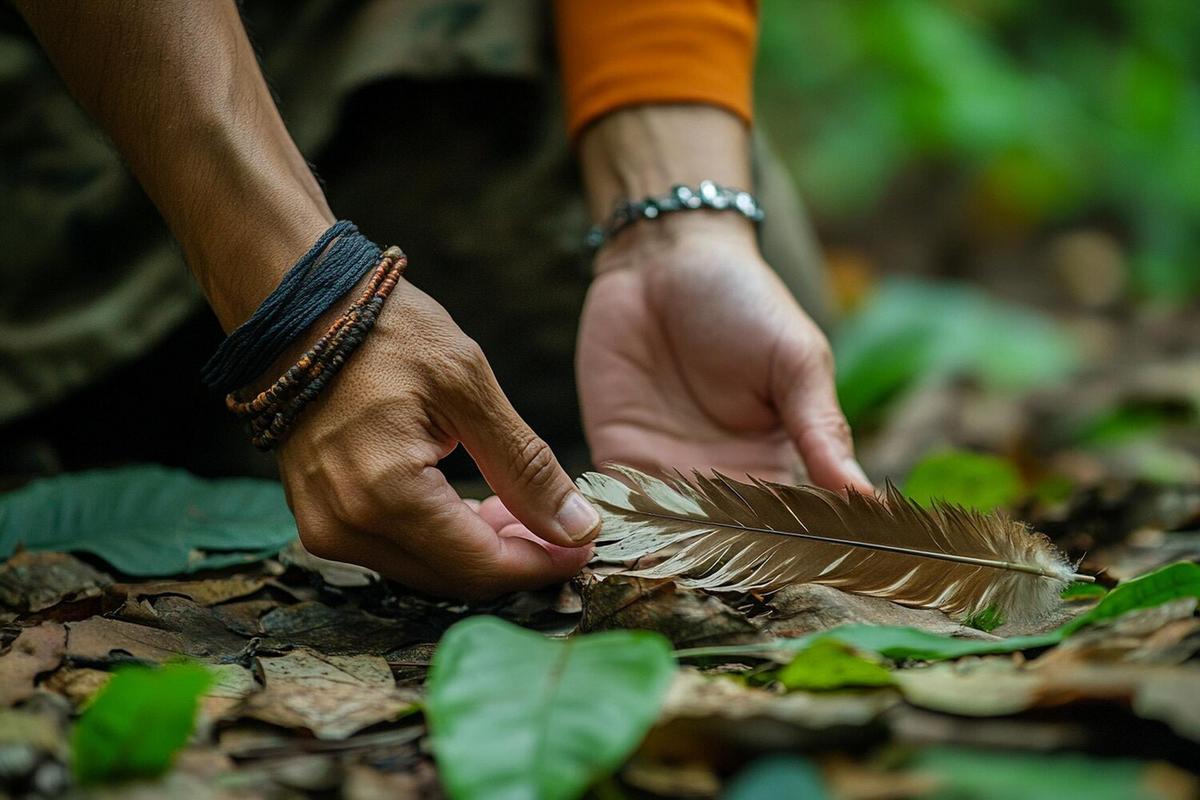The Role of Indigenous Knowledge in Conservation Efforts
Indigenous knowledge, passed down through generations, holds a significant place in global conservation efforts, offering unique insights and sustainable practices that modern science often overlooks.

Indigenous knowledge, passed down through generations, holds a significant place in global conservation efforts, offering unique insights and sustainable practices that modern science often overlooks.
Understanding Indigenous Knowledge
Indigenous knowledge encompasses the skills, experiences, and insights of native communities accumulated over centuries. This knowledge is deeply rooted in the relationship between these communities and their natural environments. According to Dr. Fikret Berkes, a pioneer in this field, indigenous knowledge systems are not only about understanding the environment but also about the ethical relationship humans maintain with nature.
The Impact of Indigenous Practices on Conservation
Studies have shown that areas managed by indigenous communities often have higher biodiversity levels compared to those managed solely through conventional methods. A report from the United Nations indicates that indigenous peoples manage at least 25% of the Earth’s land surface and support about 80% of the planet’s biodiversity. Their practices, such as controlled burns and sustainable harvesting, contribute significantly to ecosystem health.
Examples of Indigenous Conservation Efforts
Consider the Maori in New Zealand, who have traditionally used the practice of ‘rahui’ to impose temporary bans on fishing in certain areas, allowing ecosystems to recover. Similarly, the Kayapo people in Brazil have established protected areas that are effective barriers against deforestation.
| Region | Indigenous Group | Conservation Practice | Impact |
|---|---|---|---|
| Amazon | Kayapo | Protected Areas | Reduced Deforestation |
| New Zealand | Maori | Rahui | Marine Recovery |
| Australia | Aboriginal | Firestick Farming | Biodiversity Maintenance |
| North America | Various Tribes | Rotational Farming | Soil Conservation |
| Canada | First Nations | Traditional Fishing | Fish Population Recovery |
| Africa | Maasai | Pastoralism | Grassland Preservation |
| South Asia | Bhutanese | Community Forests | Forest Conservation |
| Pacific Islands | Polynesians | Agroforestry | Food Security |
Integrating Indigenous Knowledge
It’s crucial for conservation efforts to integrate indigenous knowledge with scientific research. Collaborative projects that respect and involve indigenous communities can lead to more effective conservation strategies. For instance, the partnership between the Australian government and Aboriginal groups in managing national parks has shown promising results.
Pro Tip: When engaging with indigenous communities, prioritize building trust and understanding their cultural perspectives. This fosters effective collaboration and mutual respect.
Frequently Asked Questions
How does indigenous knowledge contribute to biodiversity?
Indigenous knowledge contributes by promoting sustainable practices and preserving ecosystems that support biodiversity.
Can modern science and indigenous knowledge work together?
Yes, integrating both can enhance conservation efforts by combining traditional insights with scientific data.
What are some challenges in using indigenous knowledge in conservation?
Challenges include cultural misunderstandings and the undervaluing of indigenous insights in favor of modern techniques.
Conclusion
Indigenous knowledge is a valuable asset in global conservation efforts. By recognizing and integrating these traditional practices, we can enhance biodiversity and create sustainable solutions for environmental challenges. Encouraging collaboration between indigenous communities and scientific bodies is key to achieving these goals.